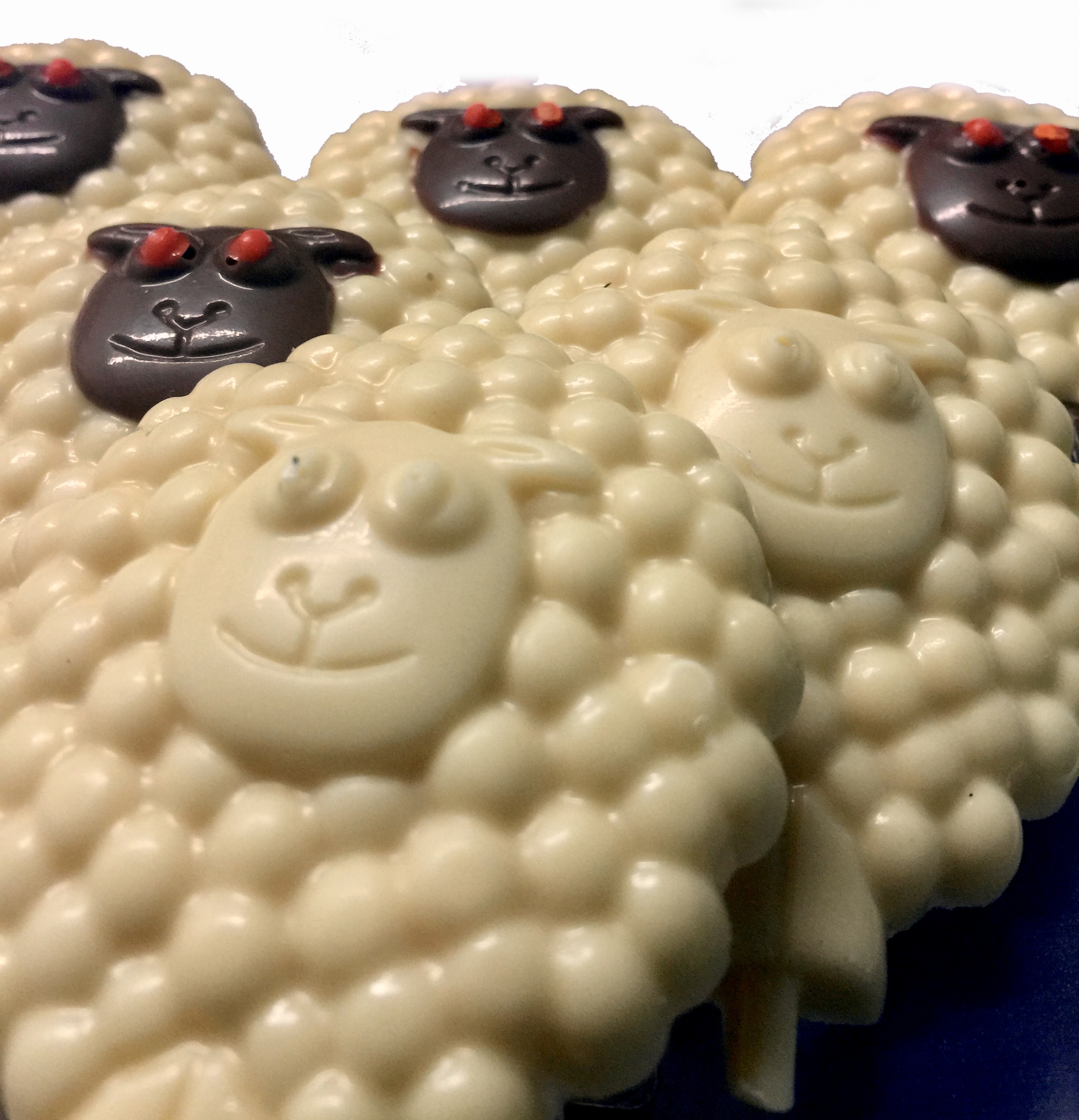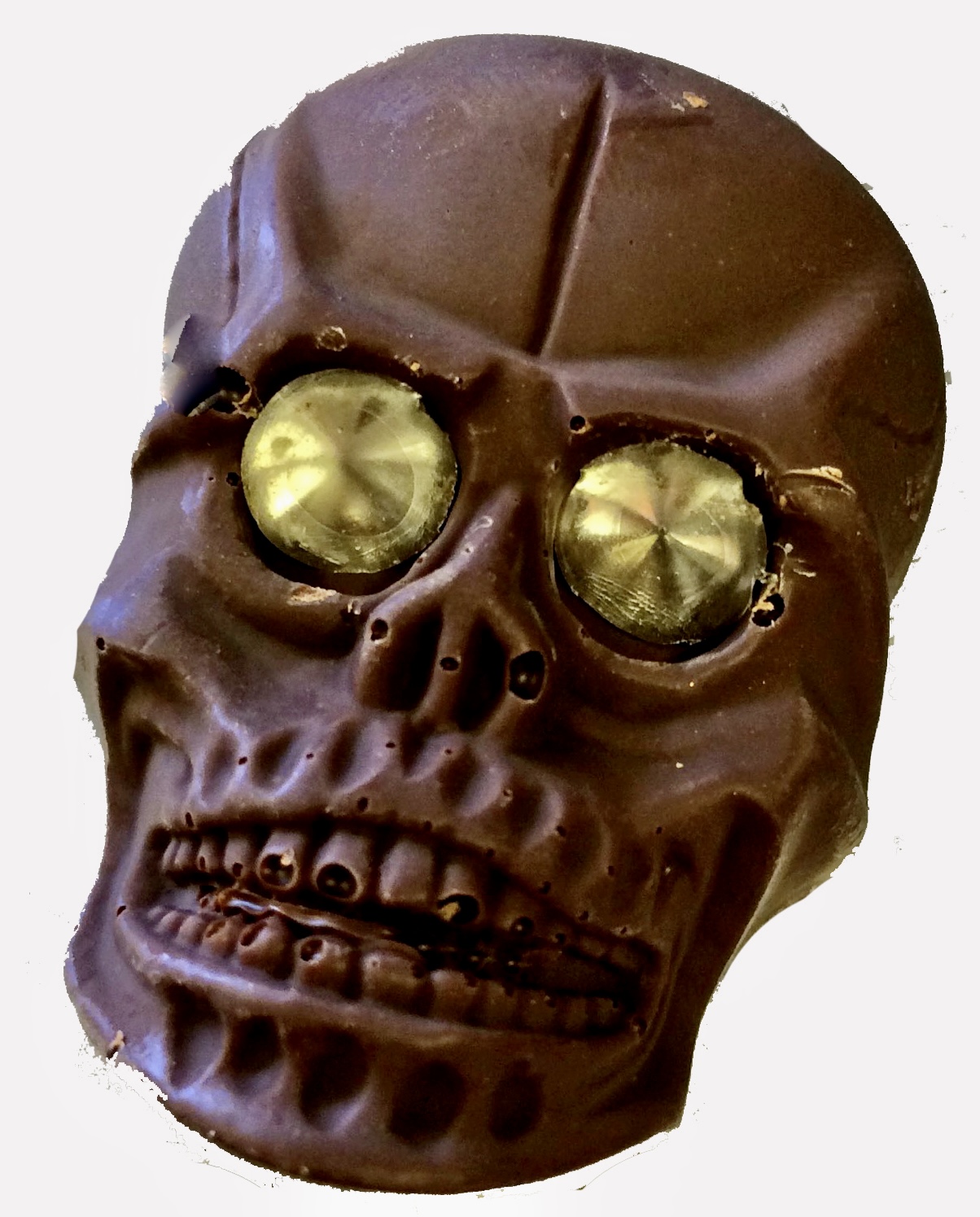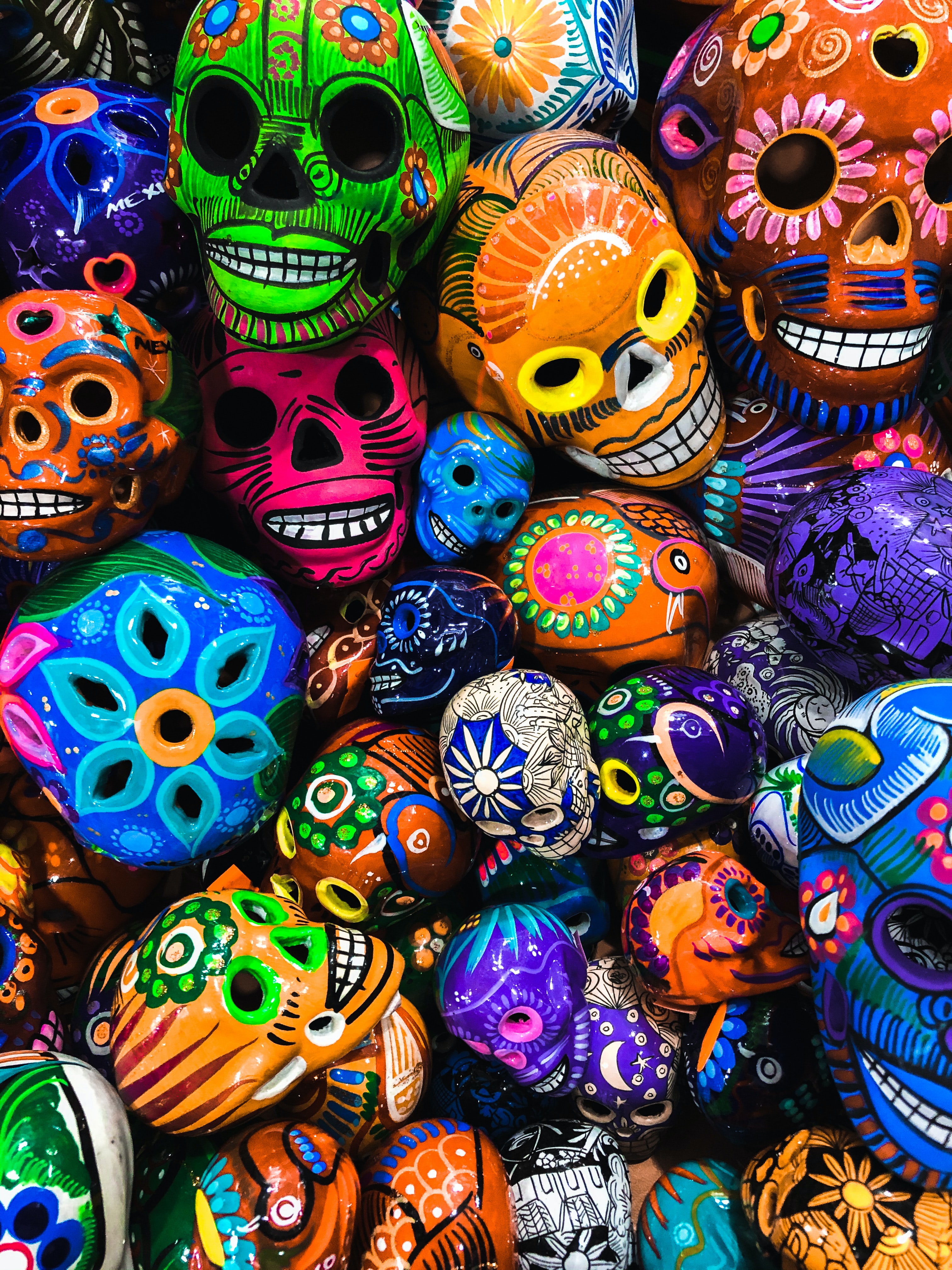Hallowe’en might feel like a modern invention of spooky costumes, supermarket aisles overflowing with pumpkins and sweets, and children knocking on doors demanding treats. But the tradition has a history stretching back over 2,000 years from Celtic rituals and medieval customs to today’s trick-or-treat bags full of chocolate.

From Samhain to All Hallows’ Eve
The origins of Hallowe’en lie in the ancient Celtic festival of Samhain (pronounced sow-in). Celebrated on 31st October, it marked the end of the harvest and the beginning of winter – a season associated with darkness, hardship, and death.
The Celts believed that on this night, the boundary between the living and the dead grew thin, allowing the spirits of the departed to return to earth. To ward off mischief, people lit bonfires, wore costumes, and left out offerings of food and drink for wandering souls.

In the 8th century, Pope Gregory III moved the Church’s All Saints’ Day to 1st November, and over time, Samhain merged with Christian traditions to become All Hallows’ Eve the night we now call Hallowe’en.
Tricks, Treats, and Soul Cakes
As the centuries passed, the customs of Hallowe’en evolved.
In medieval Britain, the poor would go “souling,” visiting wealthier households to offer prayers for the dead in exchange for small cakes known as soul cakes.
In Scotland and Ireland, children began “guising” – dressing in costume, performing songs or jokes, and receiving food or coins in return.
Later, in Europe and North America, this transformed into the practice we know today as trick-or-treating where costumed children knock on doors, expecting sweets to avoid playing a “trick.”
Why Sweets and Chocolate?
In the early 20th century, trick-or-treaters might receive fruit, nuts, home-baked goods, or even coins. By the 1950s, with the post-war rise of mass confectionery, individually wrapped sweets and chocolates became the go-to offering.
They were practical, hygienic, and easy to share perfect for handling the flood of costumed children on Hallowe’en night. Over time, chocolate cemented itself as the star of the show, with brands launching seasonal bars, pumpkin-themed packaging, and spooky editions every autumn.
Today, supermarkets begin stocking shelves in September, reminding us that this “one-night-only” celebration has become a global commercial event.
The Joy of Hallowe’en Today
Modern Hallowe’en is now celebrated across the world on 31st October. Children dress up as ghosts, witches, vampires, and superheroes, while doorsteps are piled with pumpkins and decorations. Homeowners happily hand out chocolate and sweets a tradition with surprisingly deep roots in both Celtic ritual and Christian devotion.
What began as a way to feed and appease spirits of the dead is now a celebration of community, imagination, and, of course, a little indulgence in chocolate.
A Sweet Tradition You Can Try at Home
Want to connect with Hallowe’en’s deeper history? Instead of (or alongside!) the fun-sized chocolate bars, why not try baking a batch of soul cakes with the children this year?
They’re a simple spiced biscuit, once given to “soulers” as payment for prayers, and they carry a taste of tradition with every bite.
They would promise to pray for the souls of the homeowner’s deceased family members in a practice known as ‘souling’.
In payment, they would expect treats and ‘soul cakes’.
Eventually families delegated their ‘souling’ duties to their children. (The children should bring the goodies home to parents, who knew?)
In Ireland and Scotland, children would dress in costume and go from house to house singing and telling jokes in exchange for treats; this was known as ‘guising’.
By the early fifties, a trick or treater could expect to receive home-baked treats, fruits, toys, or even coins when they knocked on doors, but as the practice became more popular, eventually households began to buy sweets and chocolates to treat their spooky visitors on All hallows’ Eve.
Not only were sweets and chocolates practical and delicious, but they were also safer as they were often individually wrapped to protect them from all the grubby little hands.
It’s a far cry from the original efforts to satisfy the discontented bellies of the visiting dead!
Why not try making soul cakes with the kids this year? Here's my recipe

